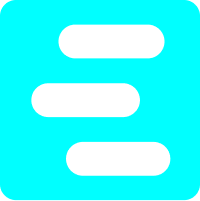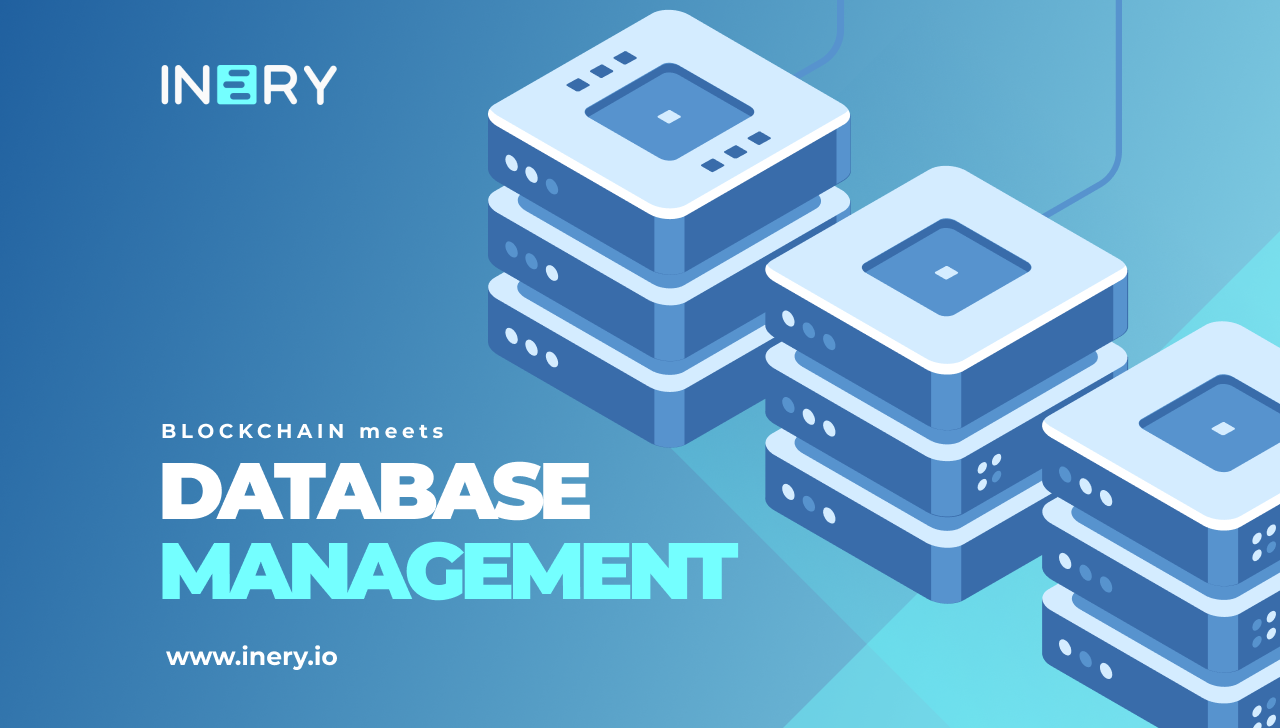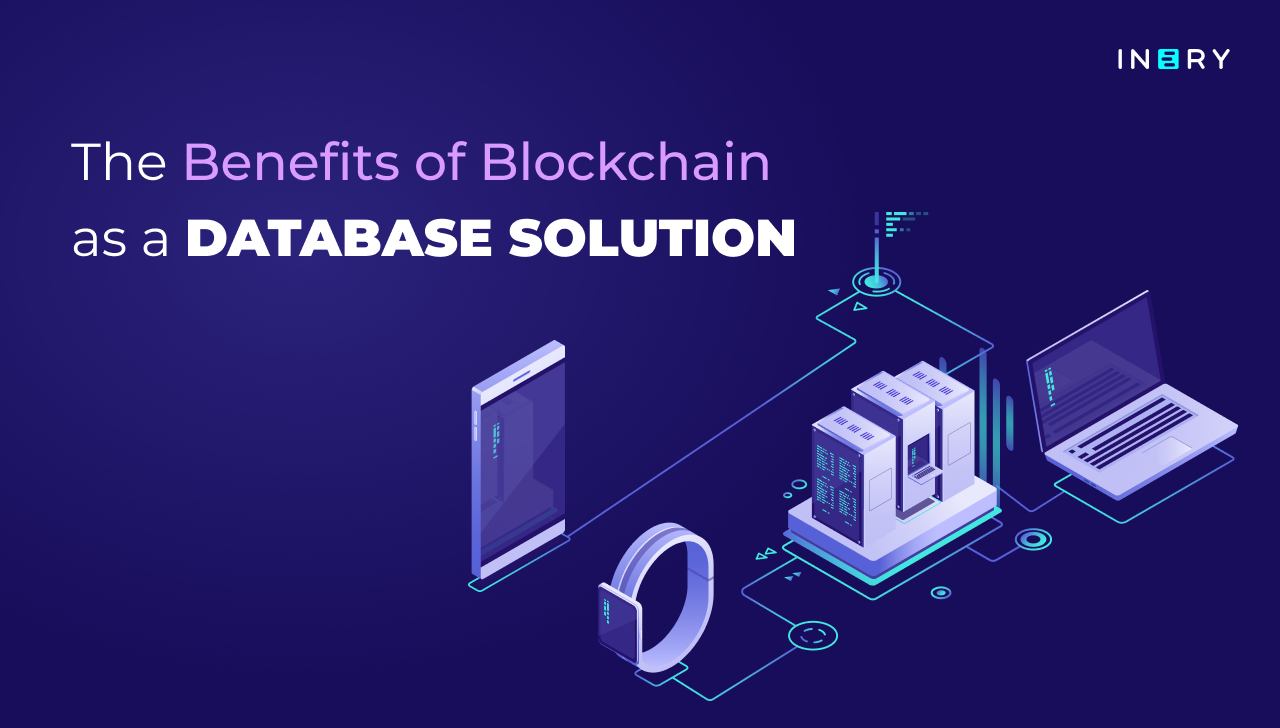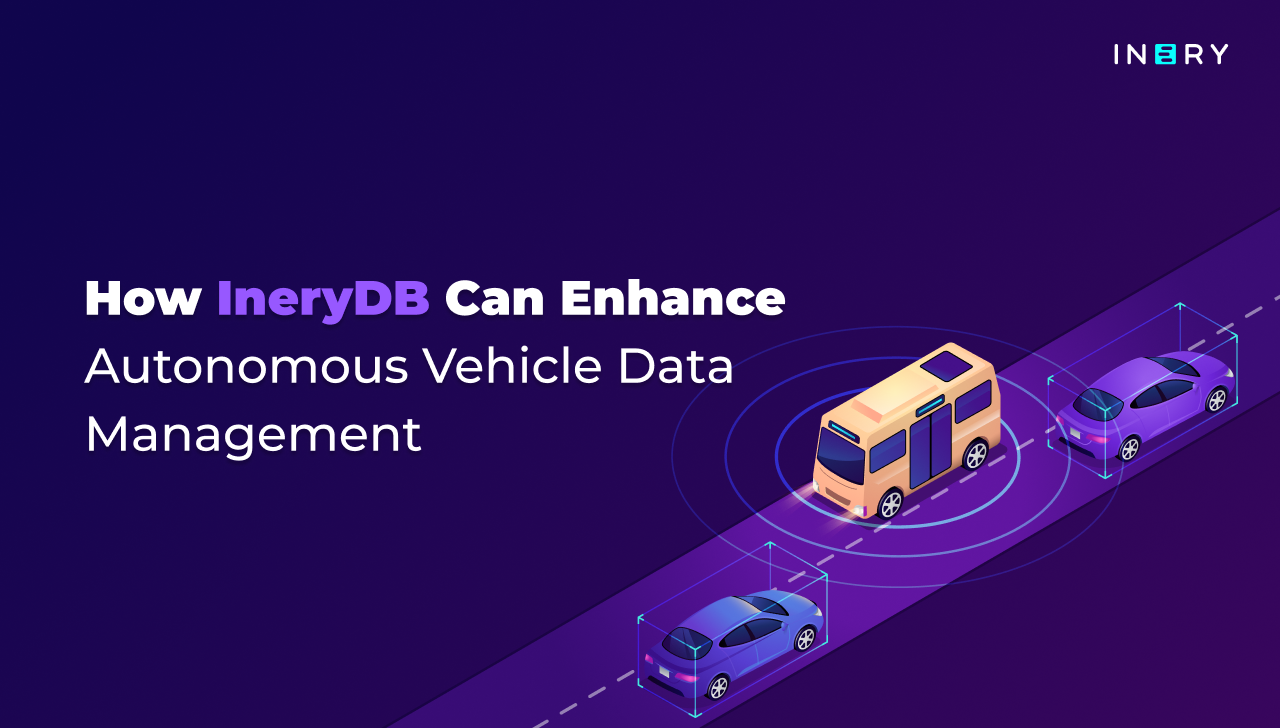Traditionally, databases have existed in centralized structures. The benefits of such a database are clear: convenience, one-place access, and fewer redundancies, to name a few.
But the digital world has become more complex; more dynamic. The gaps unfilled by centralized database management have only gotten bigger, with data silos, data breaches, and a lack of privacy, becoming more prominent problems.
This is where a decentralized database—more precisely, a decentralized blockchain database solution—can help.
Here, we’ll explore the merits of a blockchain database and its most viable use cases.
The Biggest Issues With Centralized Database Management
There are three major downsides of centralized databases, as you’ll learn below. These are:
- Inadequate Data Security
- Single Points of Failure
- Data Silos
Inadequate Data Security
Poor protection from cyber attackers or crashes is another serious issue with traditional database structures. Since all data is accessible in one place, entire departments or enterprises can become compromised with a single phishing email—Evaldas Rimasauskas phishing-related crimes are a good example. In cases of traffic spikes bottlenecking servers, all the connected systems are left without the data they need.
Single Points of Failure
In centralized databases, all the data is on a single server. If this server malfunctions in some way, all connected applications lose access to its data. Corrupted or lost data poses an even greater risk when there’s only one server on which to rely. This is especially problematic if there are no backups or other redundancies in place—something that centralized databases are supposed to reduce.
Data Silos
Departments in companies have a tendency to create their own isolated databases for their needs. Such a setup impedes data flow between departments, creates inefficiencies, and makes updating data harder. This kind of fractured centralization is called data siloing, and it leads to poor-quality data—something that costs businesses an estimated $12.9 million per year.
How the Blockchain Solves These Problems
Blockchain architecture can sidestep most of the above-mentioned issues with database management:
- Decentralization: the decentralized framework eliminates single points of failure. A single node becoming compromised by a cyber attack doesn’t put the entire network in danger.
- Distribution: with data distributed across several nodes, the blockchain ensures that data is always accessible, even in cases when several nodes lose connection. The network can always depend on the active nodes to pick up the slack.
- Immutability: data on the blockchain can’t be altered or manipulated (without network approval, at least). For one, this provides an unequivocal source of truth for vital data. Secondly, the blockchain’s immutability acts as an additional security layer: since all its data is connected via hashes, a hacker looking to manipulate a piece of data would have to change all data in the associated blocks to validate the change.
- Security: Centralization and immutability contribute to blockchain database security. However, the blockchain has more defenses in place. Consensus mechanisms and cryptographic techniques also enable data privacy and security.
Should the Blockchain Replace Centralized Databases?
The important thing to realize is that neither centralized nor decentralized database solutions should be the default for every situation. The ideal database and DBMS will vary based on business needs, the types of data (static/dynamic, SQL/NoSQL, cache/in-memory, and the like) being handled, and more.
As such, the blockchain shouldn’t stand in for all centralized solutions. Issues with scalability and redundancies make it less pragmatic in cases where low-cost maintenance is a priority. Rather, the blockchain is more at home facilitating systems that revolve around safe transactions, privacy, and operations that don’t need third parties.
As such, the blockchain would be a great fit for use cases like:
- Keeping sensitive data private and secure
- Financial transactions
- Networks that need high availability (e.g., airplane sensory systems)
- Systems that are slowed down by intermediaries
- Backup solutions
- ERP systems
- Real-time data tracking in supply chains
Synergizing the Blockchain and Centralized Database Solutions
Since centralized and decentralized complement each other’s weaknesses, completely replacing one with the other isn’t ideal. But there’s another option: combining them.
For most enterprises, it would be best to utilize a sort of hybrid model. Certain departments and systems should use centralized databases, while others (such as the ones listed above) rely on the blockchain. Some DBMS providers actually offer this kind of service: custom-fit blockchain-based DBMS technology that covers up the weaknesses of centralized databases.
Here are some recommended methodologies for using blockchain databases alongside centralized ones.
Enterprise Blockchain for Operational Data
This data infrastructure is useful for processes that need auditing later on, like operational reporting. It consists of several administrators that work from different locations, managing operational data through the blockchain, which is an in-house solution. Clients access the blockchain directly.
The blockchain aspect provides immutability and effective asset management. Meanwhile, the overall structure is familiar enough to development teams to not cause unnecessary fumbles.
Enterprise Blockchain for Non-Operational Data
The overall plan is similar to the one above, consisting of several administrators to manage on-chain data. However, unlike the earlier example, clients don’t directly access the blockchain; rather, they access intermediary instances of the database. These instances essentially offload data and serve as another privacy/security layer.
An infrastructure like this is useful in situations where privacy and speed matter more. So, it would be a good idea for something like customer credit management.
Consortium Blockchain for Operational Data
Control over the blockchain goes to a consortium, made up of several databases, instead of an enterprise. As such, no single entity owns and manages the data.
This may prove beneficial in industries where customers want high degrees of privacy (like financial services, for example). But the immutability and transparency of the blockchain help out in sectors like the supply chain and content monetization.
Consortium Blockchain for Non-Operational Data
Operational data is handled by intermediary databases—these are managed by consortium admins; otherwise, the blueprint is pretty much the same as for the previous example. Speed and privacy are the main upsides to this setup.
Wrapup
The blockchain has a strong part to play in database management. But it is a part, and not the whole: making every database decentralized simply isn’t feasible. For now, we have a few strong cases for decentralized databases and DBMS tools that use the blockchain—centralized databases can handle the rest.

Inery•
3 years ago
Inery Community Updates Edition #2
This edition of community updates will focus on what has happened since then and some more exciting news. ...READ MORE

Share

Inery•
3 years ago
The Architecture for Modern Database Infrastructure
It requires the best-in class tools, stacks and application that sustains the foundation of the next-gen internet. ...READ MORE

Share

Inery•
2 years ago
From Code to Solutions: How Developers Drive Progress and Innovation
Discover how developers are the true architects of the digital world, translating code into solutions that drive progress and innovation. ...READ MORE
-1696493909.png)
Share

Inery•
1 year ago
Empowering Smart Cities with Inery's Data Solutions
Discover how Inery can revolutionize urban living by enhancing sustainability, fostering innovation, and protecting data privacy. ...READ MORE

Share
Most popular today



